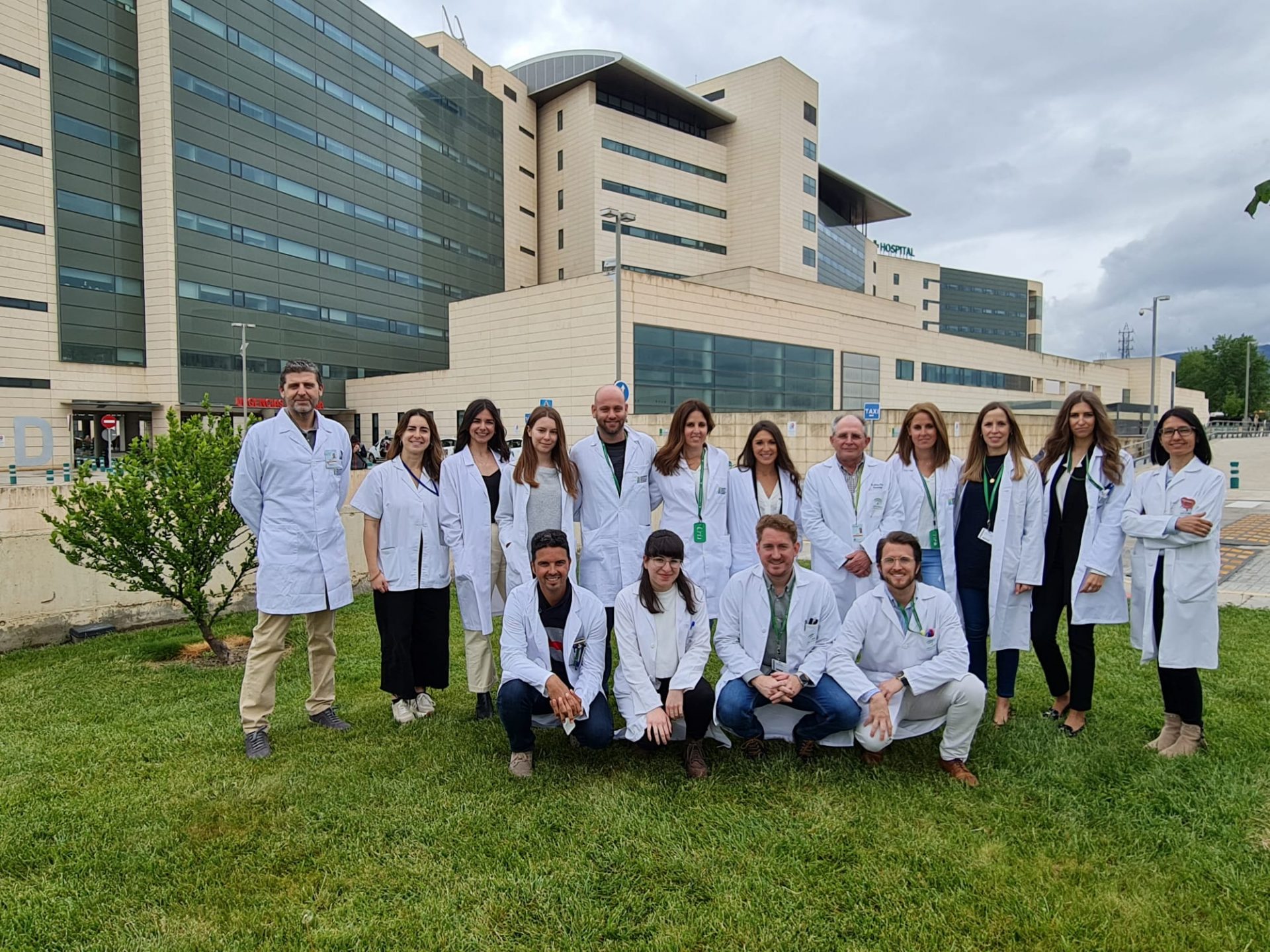
A systematic review of 82 articles and a meta-analysis of 43 articles recently conducted by scientists from the University of Granada show that these types of training have beneficial effects on glycaemic control, physical fitness, and body composition among patients with type 2 diabetes mellitus (T2DM)
At present, this type of diabetes is one of the most worrying indirect causes of mortality
Despite the great advances that have been made in the healthcare field, type 2 diabetes mellitus (T2DM) continues to be one of the most worrying indirect causes of mortality in the world. In a bid to address this global epidemic, physical exercise (resistance training, or RT) has been proposed by several international institutions as a highly-effective first-line intervention, due to its low cost and its significant benefits at the multisystemic level. In fact, physical exercise has proven even more effective than some pharmacological treatments for the prevention, control, and treatment of T2DM.
Recent studies have highlighted that RT is a tool with great potential to deal with possible metabolic and neuromuscular dysfunctions related to T2DM. However, due to certain limitations and methodological discrepancies in previous scientific studies, there remain certain doubts and ambiguous conclusions regarding the benefits of RT among this population. In fact, despite their relevance to the clinical setting, to date there has been no meta-analytical evidence examining the efficacy of the two most frequently-used types of RT, namely hypertrophy training (HT) and muscular endurance training (MERT), in the control of diabetes.
In this context, the PA-HELP research group (CTS-1018, https://pa-help.es/) of the University of Granada, whose principal investigator is Manuel Delgado Fernández, has recently led a systematic review and meta-analysis, published in the journal Obesity Reviews . Its primary aims were: to determine the effects of HT and MERT on glycaemic control, physical fitness, body composition, lipid profile, blood pressure, inflammation, and quality of life in adults with T2DM; and to analyse what specific type of RT is most effective.
In addition, the researchers evaluated the effects of general RT on these markers, identifying several factors that could explain the effects induced by RT. This study, led by Pedro Acosta-Manzano, María Rodriguez- Ayllón, and Francisco M. Acosta, was carried out between 2016 and 2019.
Beneficial effects
The authors observed that both HT and MERT are therapeutic interventions with similar beneficial effects on glycaemic control, physical fitness, and body composition. HT also exerted beneficial effects on lipid profile, blood pressure, and inflammation.
In addition, the researchers confirmed the effectiveness of general RT on these health markers. They also highlighted that the effects induced by general RT—and by HT and MERT specifically—were similar to those observed in the case of aerobic training. Finally, the authors stressed that various components of RT (for example, the volume and intensity of training), certain characteristics of patients (age, body composition, etc.), and certain medications could also have an effect on the success of these interventions in adults with T2DM.
This information could be very useful not only in developing public strategies, but also in the clinical setting, to make it easier for health professionals to choose and recommend lifestyle-related interventions for patients with T2DM.
Ideally, aerobic training and general RT should be implemented together in clinical practice, according to the recommendations of the pertinent institutions. However, when this is not possible, HT and MERT could be used as complementary and interchangeable therapeutic interventions depending on the physical limitations of the patient, their personal preferences, and the availability/suitability of the facilities.
Bibliography:
Acosta-Manzano P., Rodriguez-Ayllon M., Acosta F.M., Niederseer D., and Niebauer J. (2020). ‘Beyond general resistance training. Hypertrophy versus muscular endurance training as therapeutic interventions in adults with type 2 diabetes mellitus: A systematic review and meta-analysis’. Obesity Reviews, 1–35. https://doi.org/10.1111/obr.13007
Image captions:

Media enquiries:
Pedro Acosta Manzano
Department of Physical Education, University of Granada
Email: @email
Manuel Delgado Fernández
Department of Physical Education, University of Granada
Tel.: +34 958 244375
Email: @email



